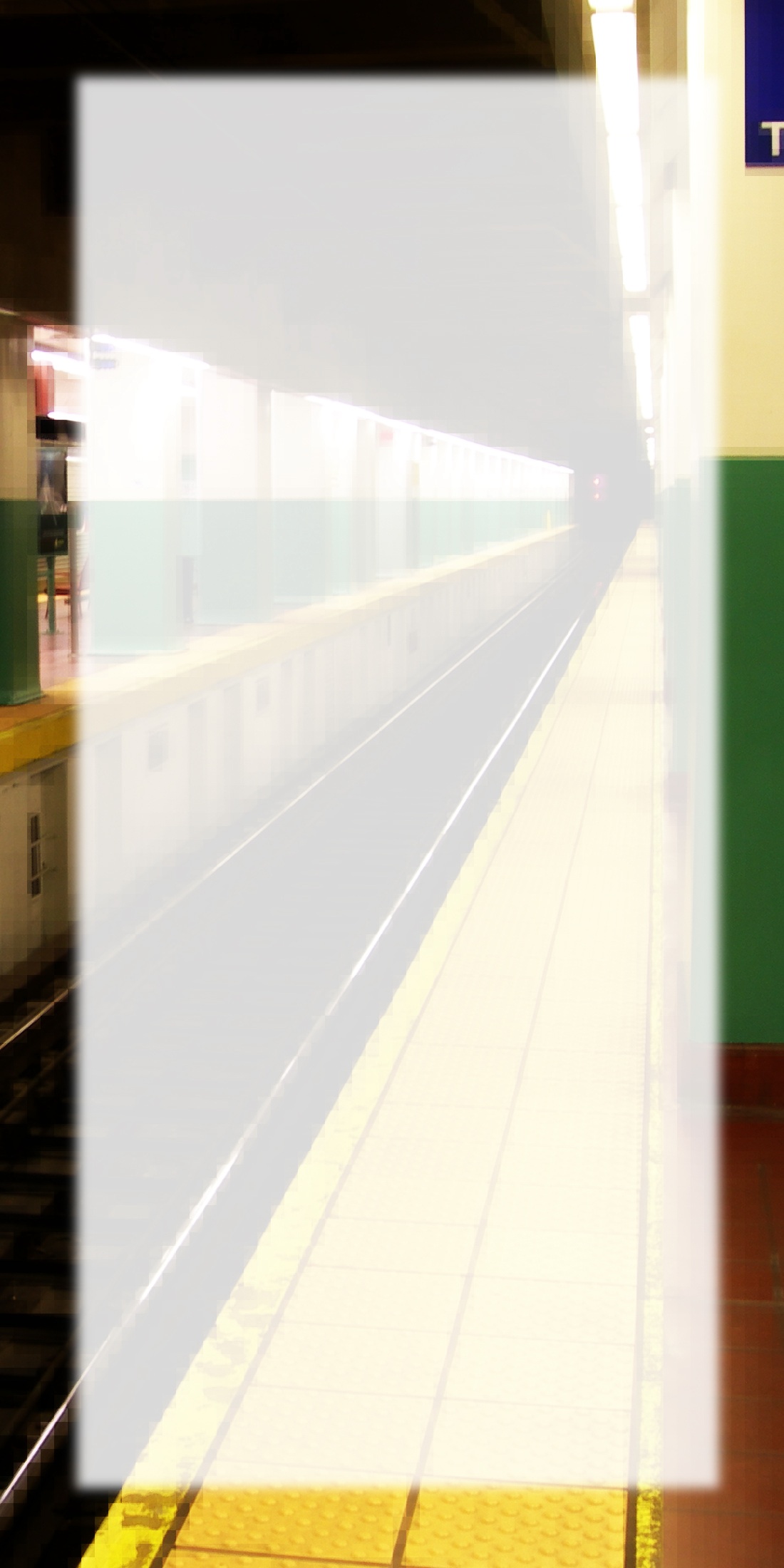Back in 1995, when the last great Vermeer retrospective was gathered and shared between Washington and The Hague, the lines were about as long as ever seen at the National Gallery. Since that time, a series of fictions have featured the artist; one of them, Girl with a Pearl Earring by Tracy Chevalier (1999), even got made into what the cover was pleased to call “a major motion picture.” Not since Charles Laughton’s cinematic “Rembrandt” in the 1930s had Dutch art been so prominent in the movies. Just then, while the artist David Hockney was raising larger questions about the use of optical devices for many old master painters, an academic publication by Philip Steadman, Vermeer’s Camera (Oxford University Press, 2001), revived an old debate about Vermeer concerning his use of the early camera viewer, or camera obscura. Suddenly those captivating painted interiors with their ineffable effects of light and shadow seemed clouded by suspicions that they had been produced with the assistance of mechanical aids. Suddenly, our comfortable pleasure in many of Vermeer’s pictures seemed tainted—and it really mattered to many of us. Indeed, the film also reconstructed Vermeer’s studio practice chiefly as the setting up of his staged scenes, with the eponymous girl as his imagined workshop assistant, both gathering the still-lifes and posing in her own right for the domestic dramas of each picture.
Steadman, in fact, went further than the film-makers when he composed his own—uncanny—reconstructions of the spaces in some celebrated Vermeer favorites: The Music Lesson, The Concert (the missing Vermeer; stolen from the Gardner Museum in Boston and not yet recovered), and Lady at the Virginal. His points are simple and compelling on a basic level. After all, most aficionados had already noted the resemb-lance (with variations) between the spaces in Vermeer pictures, which tend to incorporate a window at the left and an expensive upper-class drawing-room with visible marble tiles in a grid pattern. Indeed, this was one of the claims made as early as 1950 by the Dutch scholar Swillens, who went further and claimed that the woman posing for many of these pictures was the (or a—Vermeer had eleven children!) daughter of the artist. These observations stem from a fundamental conviction that what Vermeer painted was based in observed reality, particularly a reality close to (his) home.
But the issue of whether Vermeer used a pictorial device has actually been accepted by most scholars, since the first publications on the issue during the 1960s (see essays by Sey-mour, Schwarz, and Wheelock in the Readings, below). Vermeer’s Delft was home to some of the most advanced opticians of the seventeenth-century, and we know that it was familiar to his compatriot, Anthony van Leeuwenhoek, who devised and recorded from the microscope at the same moment. Indeed, true to its Latin name, the camera obscura was actually a darkened room (“camera”) into which a small opening of light projected an inverted, often unfocused image in color onto a wall or screen opposite. This image could be of tremendous fascination for an artist and was even recommended in the theoretical treatise penned by Samuel van Hoogstraten (1678), a former pupil of Rembrandt.
What causes concern for Vermeer’s admirers of today is the question posed by the use of a camera image: to the extent that the artist was tracing or—merely—copying, should we downgrade or even dismiss his achievement? Is the Vermeer we love nothing more than a clever recorder, like the modern camera itself? And of course, one of the running debates concerning photographs centers on the degree of artistry involved in “taking” a picture—so simple, according to Kodak’s old advertisements, that even a child can do it. This democratization of technology and equipment to the general public some-times has means that extraordinary virtuosity had to be used to distinguished the artist- photographer from the common “shutterbug,” or even claims (not accepted by modern museums, but still troubling to some) that photography could not be an art form at all, since it did not demand manual intervention. Perhaps it might not seem fair to tar a seventeenth-century artist with the controversies and tensions of the modern age (even before digital photographs and photoshop for the masses), but to the extent that Vermeer’s art is taken to have a foundation in realism and in the device of the proto-camera, he gets entangled in debates about what constitutes true “art.”
